Introduction
In the world of portfolio management, terms like ‘active management’ and ‘benchmark-beating performance’ are often thrown around. But how do you actually measure how active a fund is, and whether it’s truly adding value? Two essential metrics stand out: Active Share and Active Return. Let’s explore what they mean, how they’re calculated, and why they matter for serious investors.
What Is Active Share?
Active Share measures the percentage of a portfolio’s holdings that differ from the benchmark index. A higher Active Share means the fund deviates significantly from the index – in other words, it’s truly ‘active’.
Formula:
Active Share = 0.5 × ∑ |w_fund,i – w_index,i|
Where:
– w_fund,i = weight of stock i in the fund
– w_index,i = weight of stock i in the benchmark
Example of Active Share
Suppose you manage a portfolio of 4 stocks compared to an index of 4 stocks with the following weights:
Fund: A (30%), B (30%), C (30%), D (10%)
Index: A (25%), B (25%), C (25%), D (25%)
Active Share = 0.5 × (|30-25| + |30-25| + |30-25| + |10-25|) = 0.5 × (5+5+5+15) = 15%
This portfolio has a 15% Active Share – indicating low activeness.
What Is Active Return?
Active Return is the difference between a portfolio’s return and the return of its benchmark index. It tells us whether the fund manager actually added value over passive investing.
Formula:
Active Return = Portfolio Return – Benchmark Return
If your portfolio returns 9% and your benchmark returns 7%, your active return is +2%.
High Active Share ≠ High Active Return
A key insight: just because a fund is different from the index (high Active Share) doesn’t mean it performs better. It could still underperform. True skill lies in consistently delivering a positive Active Return with meaningful Active Share.
Why These Metrics Matter for Investors
– Use Active Share to detect ‘closet indexers’ – funds that charge high fees but track the index.
– Use Active Return to see if the manager is adding value.
– Combining both gives a full picture of activeness and effectiveness.
Real-World Use Case
Imagine Fund X has an Active Share of 90% but a negative Active Return of -1%. This manager is taking big bets but failing. Fund Y, with 65% Active Share and a +3% Active Return, is both active and effective – the ideal combination.
Conclusion: Are You Paying for Real Performance?
Smart investors don’t just look at past returns. They look under the hood. Active Share and Active Return give you the tools to evaluate whether a fund is truly active and worth the fees.
📬 Stay Ahead with Our Free Newsletter
If you enjoyed this breakdown, subscribe to our free newsletter. You’ll receive:
- Real-time trading alerts
- Market risk updates
- Expert investment insights
Take control of your investments with data that works for you.
Looking to Educate Yourself for More Investment Strategies?
Check out our free articles where we share our top investment strategies. They are worth their weight in gold!
📖 Read them on our blog: Investment Blog
For deeper insights into ETF investing, trading, and market strategies, explore our library or go to Lulu.com for each guide:
📘 ETF Investing: ETFs and Financial Serenity
📘 Technical Trading: The Art of Technical & Algorithmic Trading
📘 Stock Market Investing: Unearthing Gems in the Stock Market

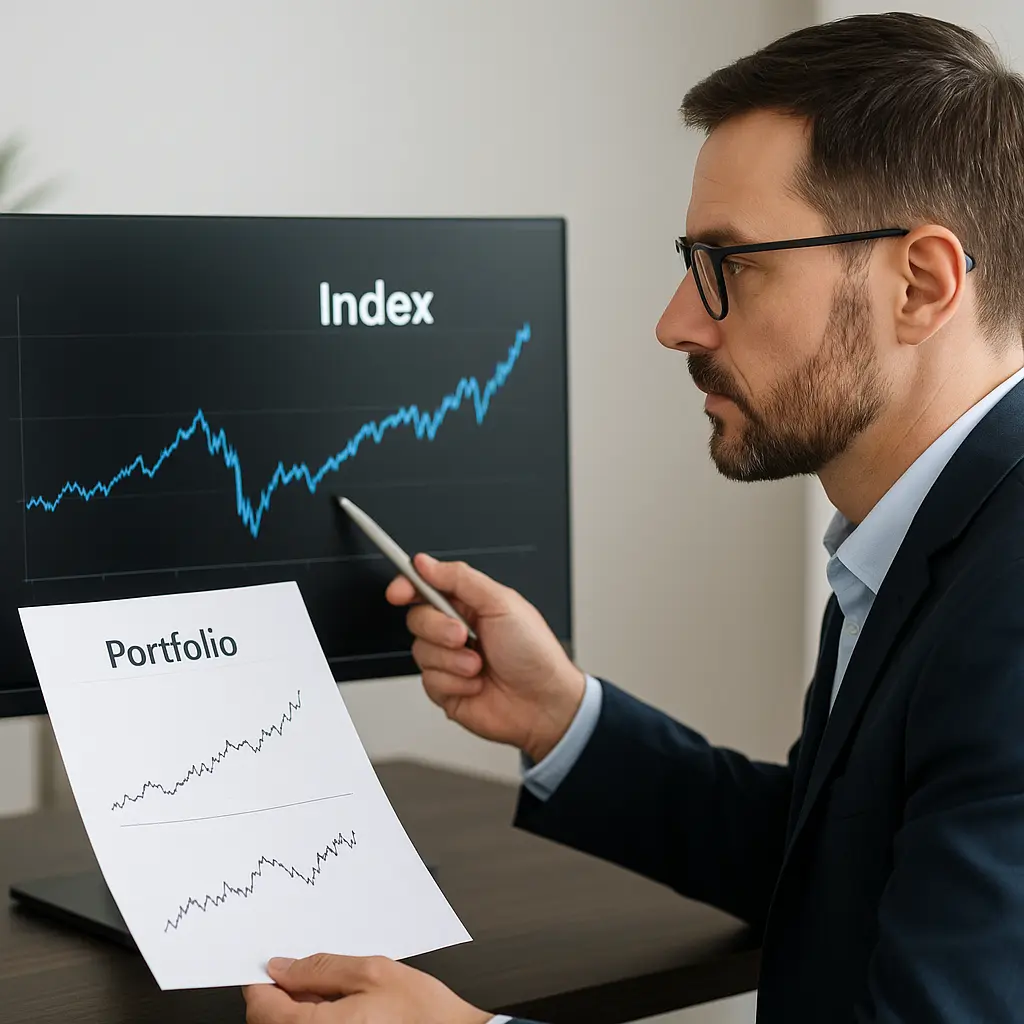
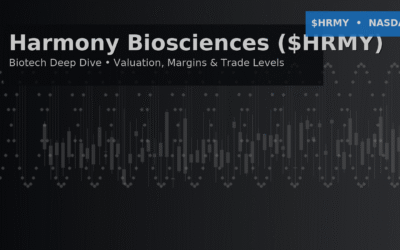


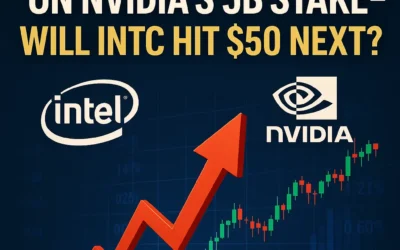
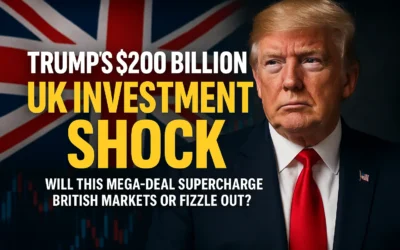
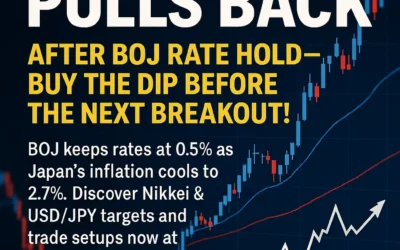

0 Comments